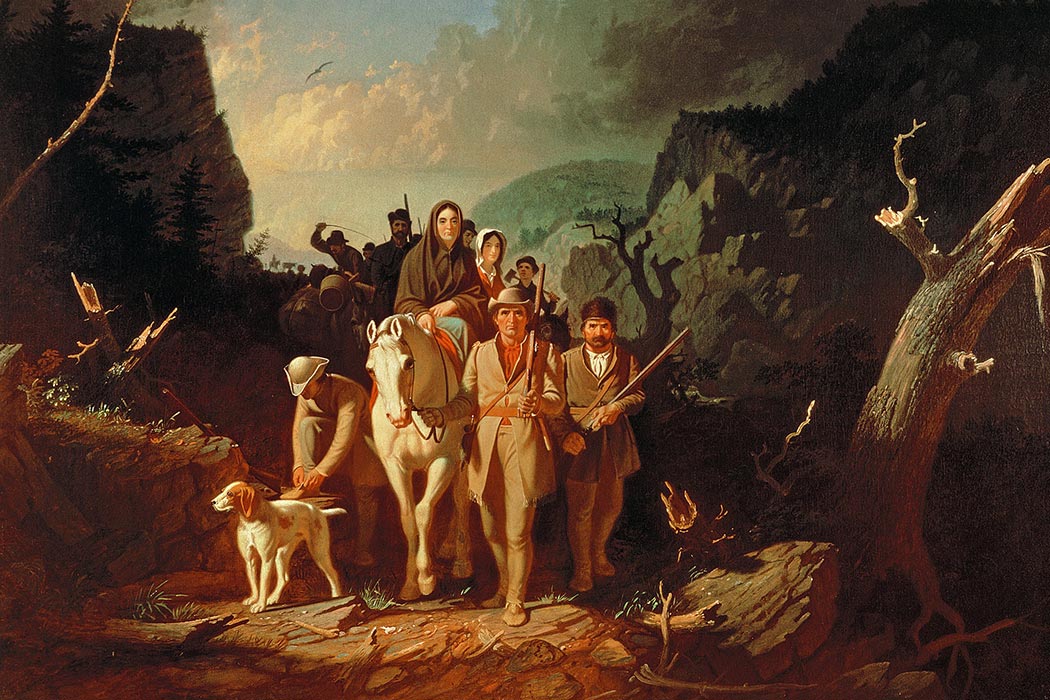If the name “Daniel Boone” evokes vague images of a frontiersman on the move, you’re not alone. But just who was Daniel Boone?” It turns out the question is way more complicated than you’d guess. As Michael A. Lofaro explains, the pioneer had many lives…and exists as an example of a great American icon people think they know, but couldn’t tell you much about.
Boone was born in 1734 and spent his life leading his family from frontier to frontier in search of land fit for hunting and trapping. But those scant details reveal little about what Lofaro calls the “complexity, capability, and generosity” of a man who both bridged complicated periods of American history and was appropriated as a symbol of sometimes conflicting causes.
Boone lived several lives. The first was as a political figure who worked under four governments (England, the United States, Spain and France) and even served as an appointed official in charge of administering law in Missouri. In his capacity as syndic, Boone acted as judge and jury for a rough-and-tumble group of frontierspeople who meted out whippings to unruly citizens in an improvised court under “the judgment tree.”
Then there was his life as a cultural go-between. A pioneer during contentious and often brutal conflicts between whites and Native Americans, Boone straddled both cultures. He was adopted by Blackfish, a Shawnee chief who rescued him from captivity after Boone was caught raiding a salt lick controlled by the tribe. Though Boone eventually escaped the Shawnee and returned back to his settlement, he reportedly lived as a native man during his time in their encampment and respected the tribe’s customs.
Even after Boone died, writes Lofaro, he found another life as a flexible frontier symbol, the kind that could be used to do everything from justifying Manifest Destiny to humanizing Native Americans who faced hatred and prejudice among Westerners. Today, that symbol has come to represent the promise and freedom of the pioneer way of life…even if nobody can really remember much about the man himself.







